
What is What is NanoBoard 3000 Ethernet Port
Ethernet Basics Before diving into the specifics of the NanoBoard 3000’s Ethernet port, let’s briefly review the basics of Ethernet technology. Ethernet is a family[…]

What is NanoBoard 3000 DAC Interface
Key Features of the NanoBoard DAC The NanoBoard 3000 DAC Interface boasts an impressive array of features that contribute to its outstanding audio performance and[…]
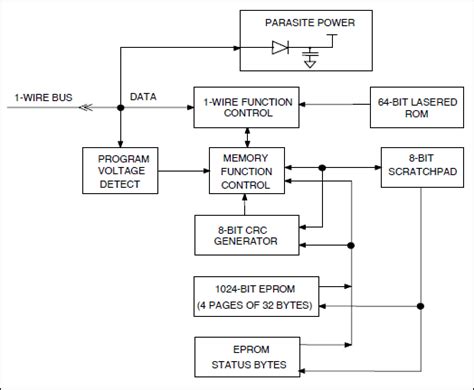
What is NanoBoard 3000 Audio CODEC
Introduction to NanoBoard-CODEC The NanoBoard 3000 Audio CODEC is a high-performance, low-power audio codec designed for embedded systems and portable audio devices. It offers exceptional[…]
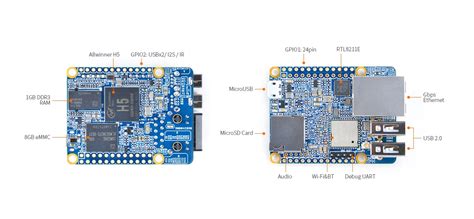
NanoBoard SPI Communications Accessing the Common SPI Bus from an FPGA Design
Introduction to NanoBoard SPI Communication SPI (Serial Peripheral Interface) is a widely used communication protocol for data transfer between microcontrollers and peripheral devices. The NanoBoard,[…]
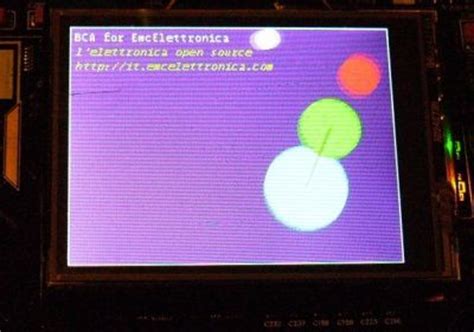
What is NanoBoard 3000 Series
Introduction to NanoBoard 3000 The NanoBoard 3000 series is a cutting-edge, high-performance computing platform designed for advanced applications in various industries, including aerospace, automotive, and[…]

What is NanoBoard 3000 User DIP Switch
Introduction to NanoBoard 3000 and DIP Switches The NanoBoard 3000 is a versatile development board designed for engineers, hobbyists, and students to explore and create[…]
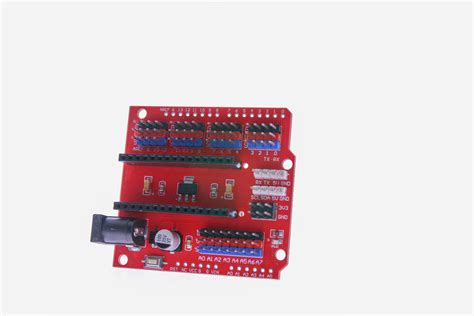
What is NanoBoard 3000 USB Hub
Introduction to NanoBoard Hub The NanoBoard 3000 USB Hub is a cutting-edge technology that has revolutionized the way we connect and manage our USB devices.[…]
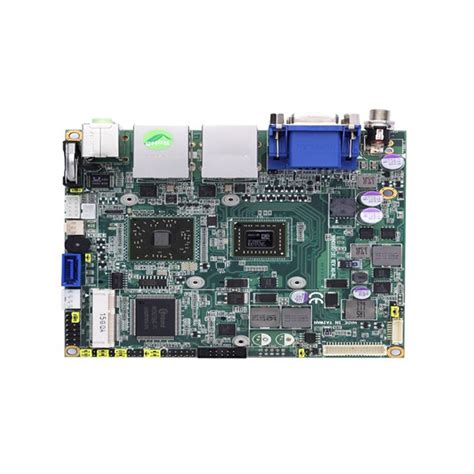
What is NanoBoard 3000 SPI Real Time Clock
Introduction to the NanoBoard RTC The NanoBoard 3000 is a compact development board designed for embedded systems and Internet of Things (IoT) applications. One key[…]
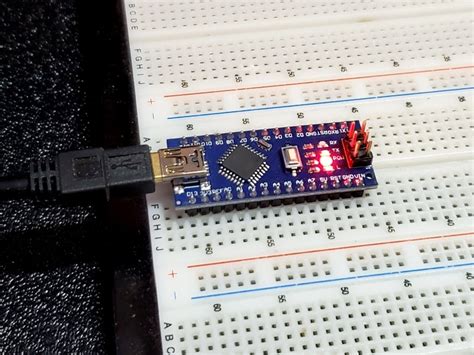
What is NanoBoard 3000 SPDIF Interface
Introduction to NanoBoard 3000 and SPDIF The NanoBoard 3000 is a powerful, compact, and versatile single-board computer designed for a wide range of applications, including[…]

Functional Overview of the Desktop NanoBoard NB2DSK01
Introduction to NanoBoard Technology NanoBoard technology is a revolutionary approach to designing and developing embedded systems. It combines the power of a microcontroller with the[…]